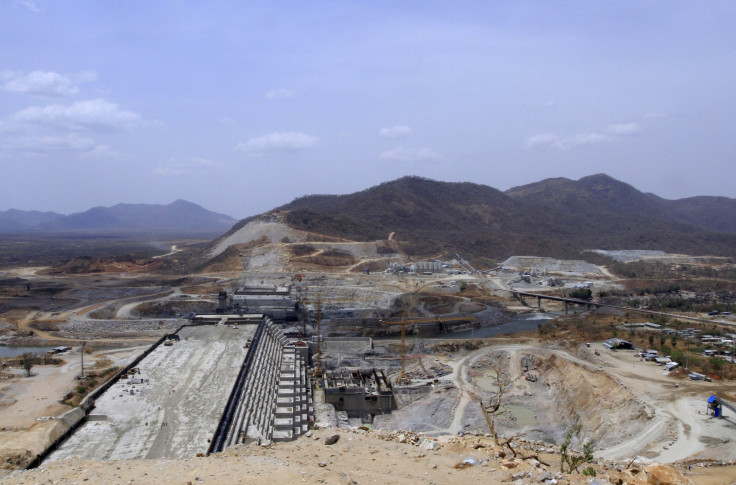Terrorism In Africa: Ethiopia Dam Attack Prevented By Authorities After Members 'Completely Annihilated,' Official Says

A planned attack against the Grand Ethiopian Renaissance Dam project located on the Blue Nile River in the Benishangul region of Ethiopia was reportedly prevented from taking place by Ethiopian authorities. The would-be attack, organized by a group affiliated with neighboring country Eritrea earlier this week, was stopped after 20 of its members were “completely annihilated,” Deputy government spokesman Zadig Abraha told Fana Broadcasting Corporate.
A total of 13 members from the Benishangul Gumuz People’s Liberation Movement were killed by Ethiopian security, while seven members fled to Sudan before authorities caught up to them and returned them to Ethiopian officials. The individuals had traveled from Eritrea to the dam in order to act out their attack, Zadig told Bloomberg.
The Eritrean government has denied playing a role in the planned attack: “This whole accusation is preposterous and peddled for some sinister reason. [I have] never heard of this group,” Eritrean Information Minister Yemane Gebremeskel said in a Twitter message.
The dam’s construction began in April 2011, costing about $5 billion for the entire project. Funded by Ethiopian private contributions and government bonds, the dam was being contracted by Italian company Salini Costruttori and is scheduled to generate nearly 12,000 jobs.
“The project involves the construction of a main dam in Roller Compacted Concrete (RCC), with two power stations installed at the foot of the dam. The power stations are positioned on the right and left banks of the river and comprise16 Francis turbines with a total installed power of 6,000 MW and estimated production of 15,000 GWh per year,” the contractor’s website stated.
Environmental bearings of the dam were unknown, but officials expected to continue and finish its construction despite impending studies by consulting companies about its socio-economic impacts.
"This power is not only for local consumption, but also for export. We are constructing interconnections to Kenya and from Kenya to Tanzania. We are working with Djibouti, Sudan, and others. This creates regional peace and stability,” Ethiopia’s Minister for Water, Irrigation and Electricity Mutuma Mikasa said.
© Copyright IBTimes 2024. All rights reserved.






















